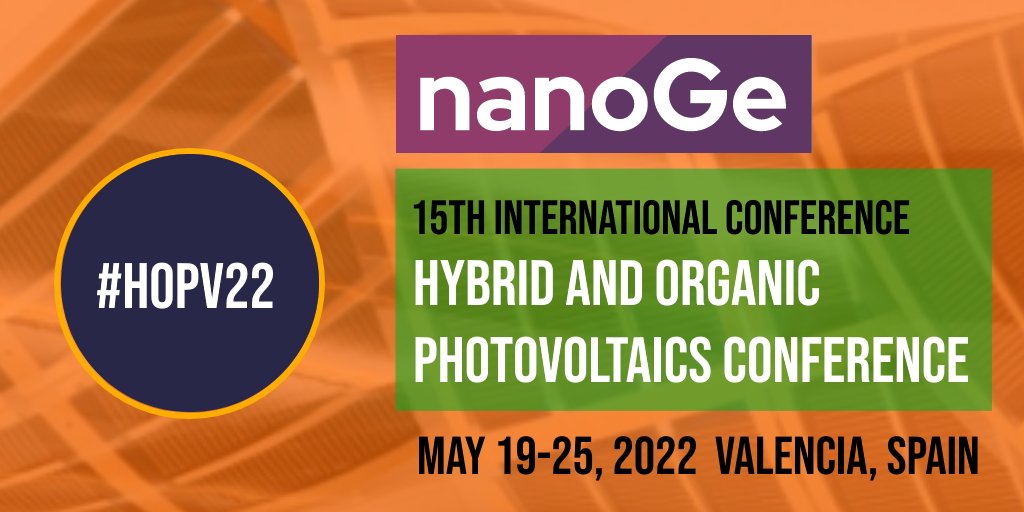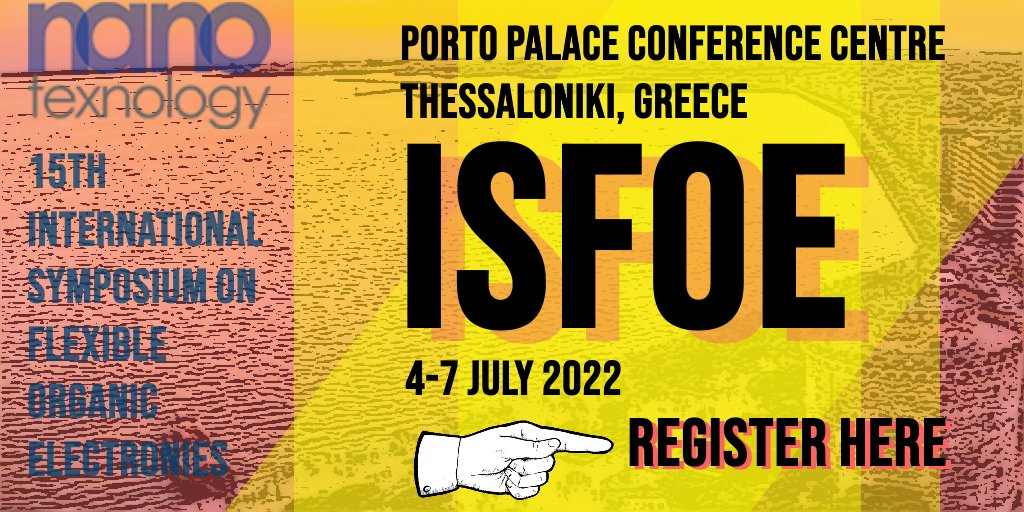What will Solar Cell and LED research deliver in 2022?
/2021 delivered a series of records in Power Conversion Efficiency for Emerging PVs. The year finished out with impressive results from Prof. Steve Albrecht’s Group, HZB (DOI: 10.1126/science.abd4016). At the current rate of development, the 30% efficiency barrier for a Pero/Si tandem cell may well be broken in 2022. The efficiency race certainly makes for great headlines, but there is also the limited device stability that needs to be overcome to win the day. In 2021, we have seen great steps forward here too. We are proud to see our tools supporting this development.
The Future for Light Emitting Diodes (LEDs)
The OLED market is often thought of as mature. After all, there are a plethora of displays available now using this technology. However, the research field is far from in decline. As displays and devices evolve (think AR, automotive displays, large-area lighting, flexible screens) the demand to develop better device performance increases. It’s in the R&D labs that this work will be done. We’re expecting some strong results this year on OLEDs, but also on Perovskite LEDs and QDLEDs. We’ll be sure to share the latest results from our customers so watch this space.
What could Fluxim deliver to help your research in 2022?
Over the years we have developed a comprehensive tool kit that enables researchers rapid validation of their work through simulation and characterization. If you’ve been following our monthly posts you’ll be up to date with the benefits of using Setfos, Laoss, and Paios. We have another instrument called PHELOS. This is what we are going to present today.
Electroluminescence (EL) and Photoluminescence (PL) Spectroscopies are fundamental for the development of Perovskite LEDs, Quantum Dot LEDs, QD-Films, and OLEDs. Advanced PL and EL characterization are performed with respect to the emission angle and the polarization. We developed the tabletop instrument Phelos to combine these techniques and although we could write many paragraphs as to the benefits of using this all-in-one Gonio-spectrometer we’ve prepared a short film to do the same. Enjoy.
Who is using Phelos?
Phelos is relatively new but has proven popular with several research groups. When their work is published and our tools have been part of their research then naturally we are super pleased and want to share it. Here are few selected papers:
Optical Outcoupling Efficiency of Organic Light-Emitting Diodes with a Broad Recombination Profile
Yungui Li, Naresh B. Kotadiya, Bas van der Zee, Paul W. M. Blom, and Gert-Jan A. H. Wetzelaer
Adv. Optical Mater. 9, 2001812, (2021)
https://onlinelibrary.wiley.com/doi/full/10.1002/adom.202001812
The Max Planck researchers developed a numerical model to simulate the fraction of photons coupled to air for OLEDs with a broad recombination zone. The simulation was also demonstrated experimentally with a single-layer OLED fabricated with the TADF emitter 9,10-bis(4-(9H-carbazol-9-yl)-2,6-dimethylphenyl)-9,10-diboraanthracene (CzDBA).
The dipole orientation of the CzDBA film was determined by measuring the angle-dependent PL with Phelos and by fitting the data with the simulation software Setfos.
Scalable photonic sources using two-dimensional lead halide perovskite superlattices
Jakub Jagielski, Simon F. Solari, Lucie Jordan, Declan Scullion, Balthasar Blülle, Yen-Ting Li, Frank Krumeich, Yu-Cheng Chiu, Beat Ruhstaller, Elton J. G. Santos and Chih-Jen Shih
Nature Communications 11, 387 (2020)
The authors fabricated decoupled multi-quantum-well superlattices comprised of colloidal quantum wells of lead halide perovskites, with unprecedentedly ultrathin quantum barriers. Crystallographic and 2D k-space spectroscopic analyses reveal that the transition dipole moment orientation of bright excitons in the superlattices is predominantly in-plane and independent of the stacking layer and quantum barrier thickness, confirming interlayer decoupling.
Phelos was used to perform angle-dependent photoluminescence to determine the emitter orientation.
Kinetic Control over Self-Assembly of Semiconductor Nanoplatelets
Rebecca Momper, Heng Zhang, Shuai Chen, Henry Halim, Ewald Johannes, Stoyan Yordanov, Daniele Braga, Balthasar Blülle, David Doblas, Tobias Kraus, Mischa Bonn, Hai I. Wang, and Andreas Riedinger
Nano Letters 6, 4102, (2020)
Our team collaborated with the Max Plank Institute to demonstrate that collective nanoplatelets’ orientation can be controlled at the millimeter scale by engineering the solvent evaporation at the liquid-liquid interface where the crystallization occurs. The ability to kinetically control the assembly of nanoplatelets into ordered monolayers with tunable optical and electronic properties paves the way for new applications in optoelectronic devices. Phelos was used to measure the angle-dependent photoluminescence of the CdSe Nanoplates, whereas Setfos was used to fit the experimental data and extract the orientation of the dipoles.
We are coming to a conference near you!
Online conferences have been very useful during the pandemic. They’ve enabled us all to stay in contact and share our work. But let’s face it they have their limitations. We’ve missed the excitement of meeting friends and collaborators from past research projects and of course the opportunity to make new connections in the LED and solar cell communities. The ability to travel is improving and so we’ve filled out our conference calendar for the year ahead and we are hopeful that we’ll be able to attend them all in person.
If you’d like to meet with us and discuss what’s new with our research tools or attend one of our researcher’s oral presentations here’s where we’ll be in 2022:
NANOGE SPRING MEETING 2022
#NSM22
Thu 3rd - Fri 11th March 2022
Melia Costa del Sol Convention Center, 1 Paseo de Maritimo, Torremolinos, AN, 29620 Spain
Display Week 2022 Society for Information Display
#DISPLAYWEEK22
Tue 10th - Thu 12th May 2022
McEnery San Jose Convention Center, California, USA
HOPV 2022 Hybrid and Organic Photovoltaics Conference
#HOPV22
Thu 19th - Wed 25th May 2022
Sercotel Sorolla Palace, València, Spain
IEEE PVSC Photovoltaic Specialists Conference
#PVSC49
Sun 5th - Fri 10th June 2022
Pennsylvania Convention Center, Philadelphia, United States
ISFOE22 The International Symposium on Flexible Organic Electronics
Mon 4th - Thu 7th July 2022
Porto Palace Hotel, Thessaloniki, Greece
IMID 2022 INTERNATIONAL MEETING ON INFORMATION DISPLAY
Tues 23rd - Fri 26th August 2022
Busan Exhibition and Convention Centre (BEXCO), Busan, South Korea
PSCO 2022 6TH INTERNATIONAL CONFERENCE ON PEROVSKITE SOLAR CELLS AND OPTOELECTRONICS
Mon 5th - Wed 7th September 2022
Mathematical Institute of Oxford, England, United Kingdom
EU PVSEC 2022
Mon 26th - Fri 30th September 2022
MiCo Milano Convention Centre, Milano, Lombardia, Italy
PVSEC 2022 INTERNATIONAL PHOTOVOLTAIC SCIENCE AND ENGINEERING CONFERENCE (PVSEC-33)
Sun 13th - Thu 17th Nov 2022
Nagoya Congress Center, Aichi, Japan
















